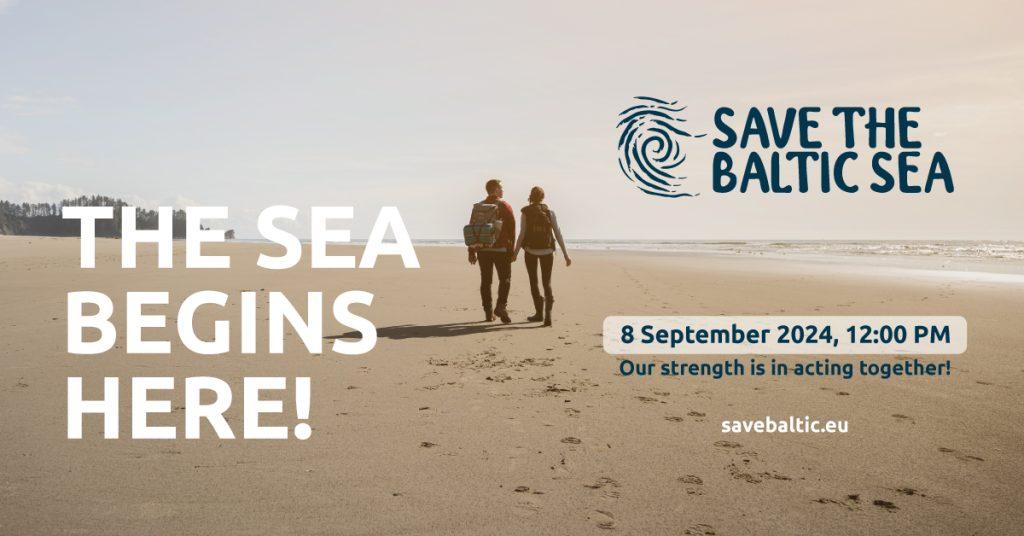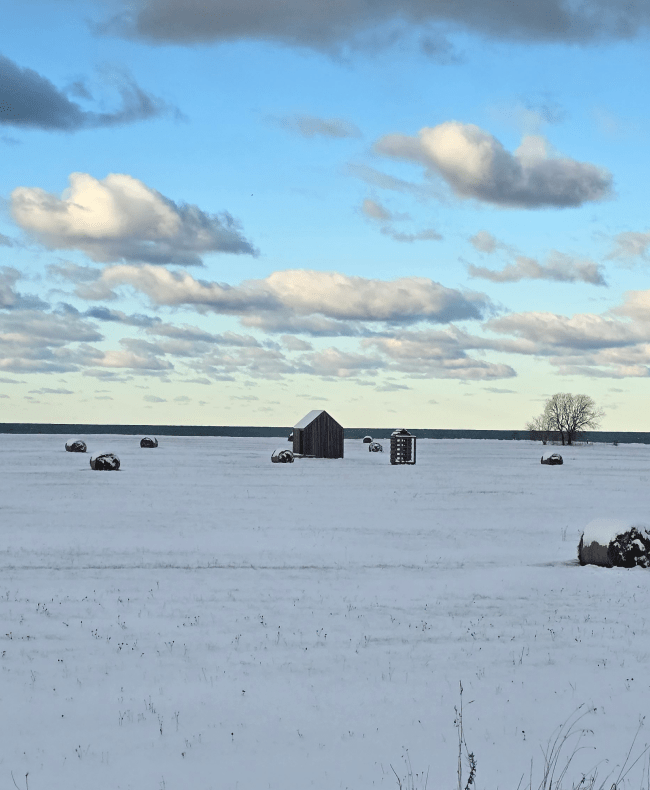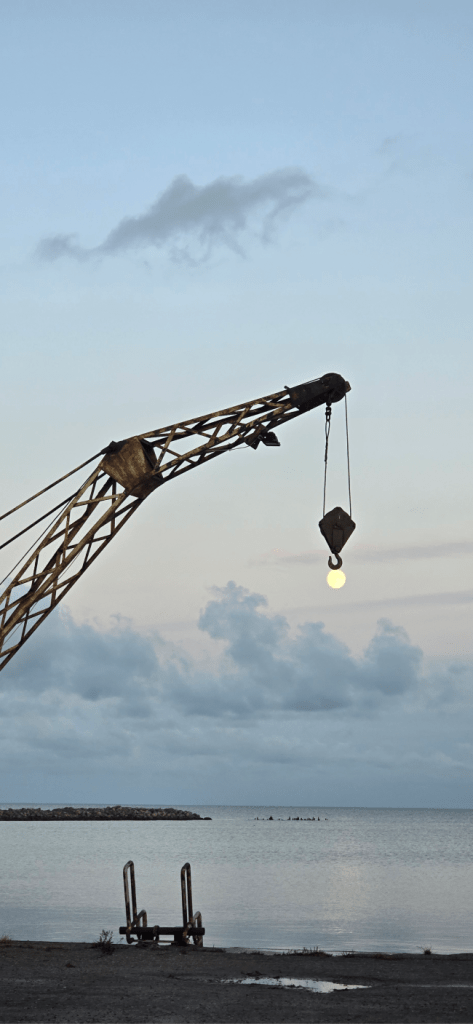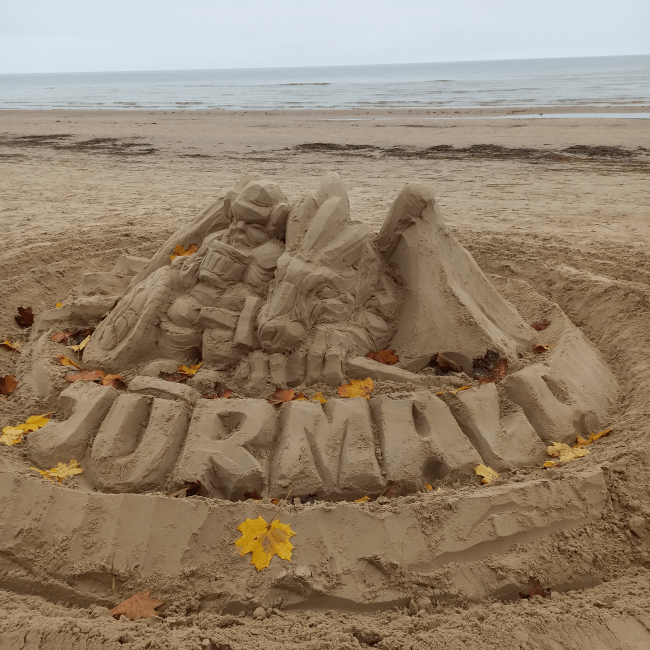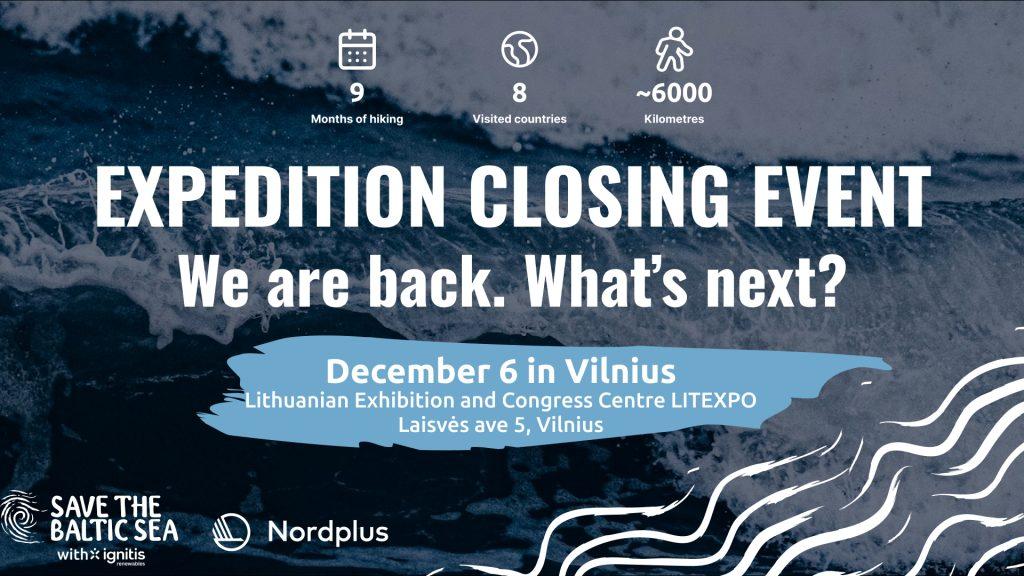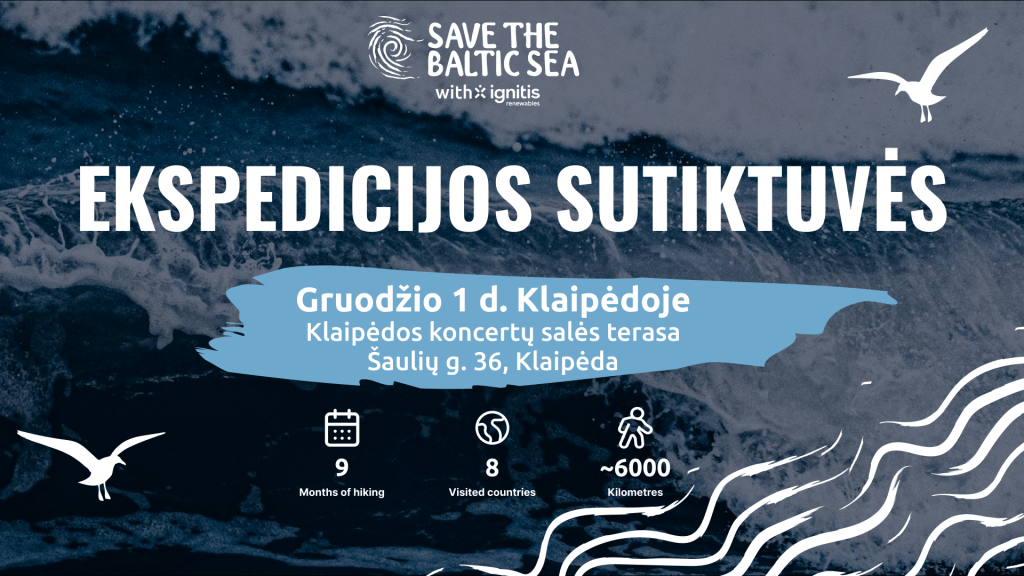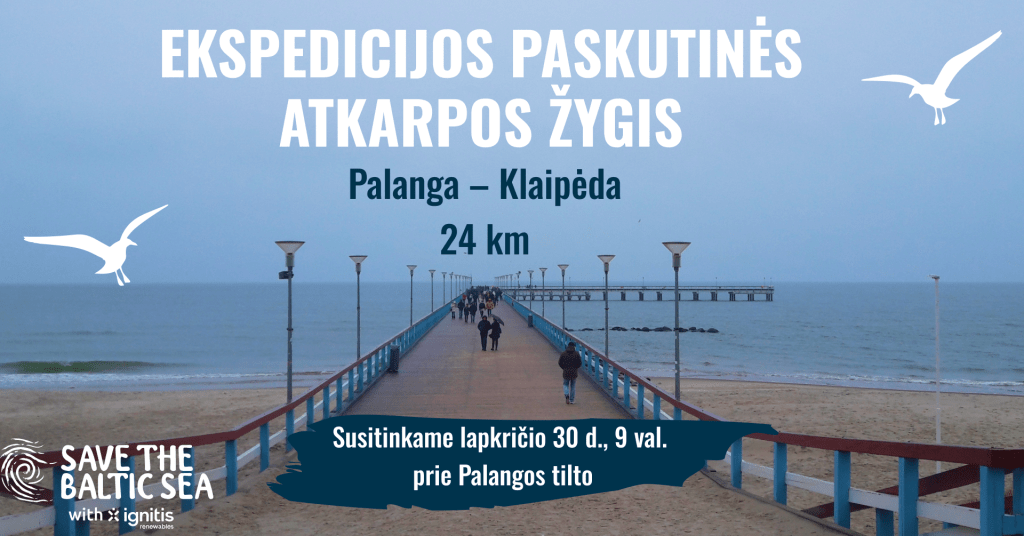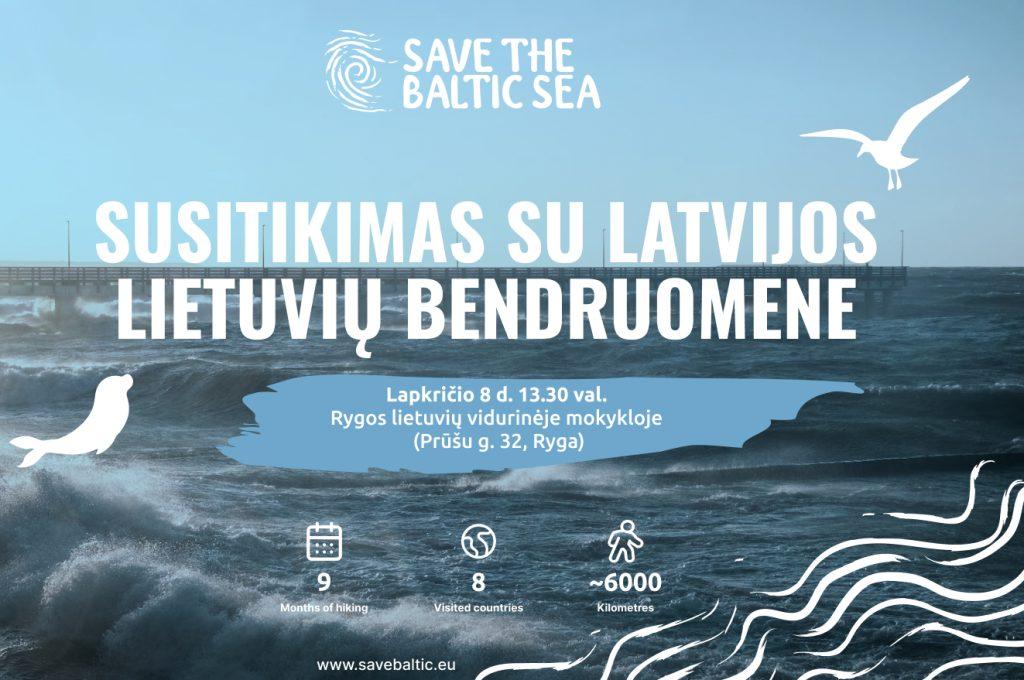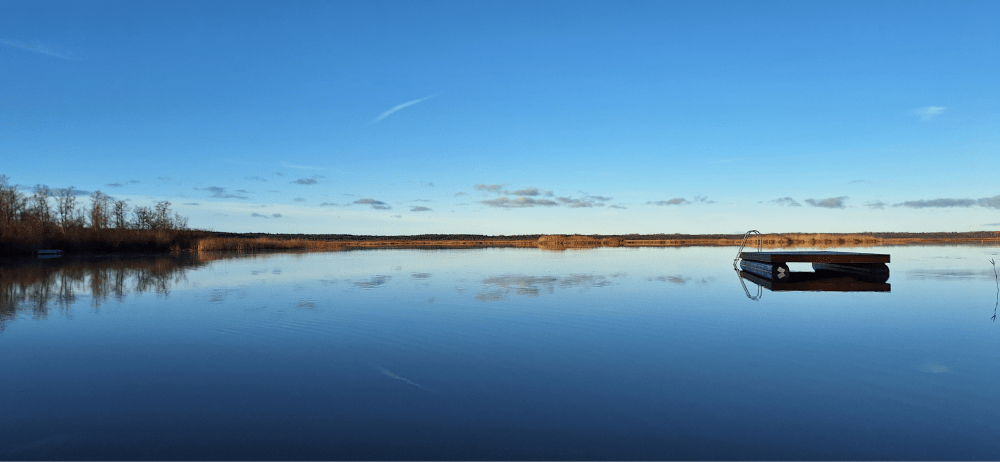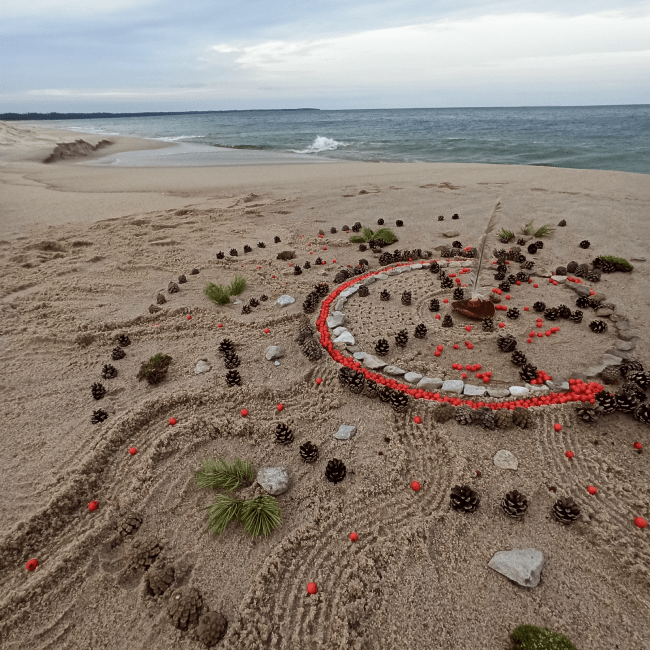Putting a price-tag on the Baltic Sea
Sep. 12, 2024
Image: AI Image Generator (deepai.org)
“We all depend on biodiversity in our daily lives in ways that are not always directly apparent or appreciated” – HELCOM, 2023
Can you really put a price-tag on something as complex as nature? As times get tougher for the Baltic Sea, it’s more important than ever for governments to know just how valuable their natural marine resources are. When the economic advantages of an ecosystem are laid out in black and white, it’s harder for policy-makers to ignore our calls to action.
The Baltic Sea and its thousands of marine species benefit the surrounding countries through several means called “ecosystem services”, describing how natural ecosystems and the species that make them up sustain human life. Pretty important we’d say.
When we talk about socio-economic benefits coming from ecosystem services, we must start with those which support and provide the basis for human activities to occur in the first place. These founding pillars include habitat provision, water filtration, carbon storage and coastal protection.
Without these, inhabiting coastal regions would be way more difficult (or impossible). Provision of a safe and usable environment allows us to derive more complex benefits such as economic, recreational, cultural and aesthetic value from the Baltic Sea. Attaching a monetary value to these services is a complex process, but is proven to raise awareness and prioritise conservation efforts.
Types of ecosystem service
- Provisioning
Harvestable goods, i.e. fish, enable creation and growth of industries. On the other hand, healthy marine life provides opportunities for the tourism industry by simply existing. Renewable energy provided by wind and wave power opens opportunities for sustainable energy production.
- Cultural
Many indigenous practices involve worship of the Sea. In the Baltic we have strong cultural links with the marine world which connects our countries and people, going back to mediaeval times. Human wellbeing is directly improved by the Sea, with recent evidence suggesting proximity to blue spaces enhances mental health and lowers risk of depression [1].
- Supporting
Habitat-builders physically support the coastline and combat erosion through their complex root systems and sediment capturing abilities. Species like eelgrass allow marine species to occupy safe spaces within which they undergo important life processes like feeding, mating, and shedding their exoskeletons in coastal regions. Humans exploit this service through industries like fishing and tourism.
- Regulating
“Filter feeders” such as mussels and oysters regulate pollutants by filtering the Sea for nutrients. This indirectly removes pollutants from the water and transfers nutrients to other parts of the ecosystem. However, pollutant build-up in the muscular tissue of edible species often leads to illness in humans.
Image: Natural capital, ecosystem services and the Blue Economy | Scotland’s Marine Assessment 2020
As helpful as it is to categorise these services, marine ecosystems should always be viewed as interconnected systems. For each ecosystem service humans use, there are several ecosystem functions underpinning it (see below). Imagine this like a laptop; when you use an application, there are usually 5 others running in the background to keep things running smoothly. Overexploiting one ecosystem service places undue pressure on its ecosystem functions, potentially impacting other services too.
Image: Barbier EB. Marine ecosystem services. Current Biology. 2017 Jun 5;27(11):R507-10.
Through careful evaluation, price tags are assigned to ecosystem services. Usually an approximation, these are based on a mix of real-life data and modelling. Scientists can then build a picture for policymakers about the importance of an ecosystem, providing evidence needed to designate protected areas, change the law, and implement management strategies for marine ecosystems.
Let’s get back to the Baltic Sea. In-case you didn’t know, this region:
- Is home to >100 million people
- Produces ~15% the world’s output
- Has 70,000 ships pass through the straits each year
- Houses 1000 ports and harbours
In the Baltic, coastal populations are disproportionately larger than other areas. A focus for international transport and trade, they are also under direct and indirect anthropogenic pressures such as overfishing and pollution.
An economic powerhouse
HELCOM’s most recent report assessed the value of Baltic maritime activities from 2011-2019 [2]. Findings showed most ecosystem services are provisioning, with major industries relying on marine environments. Here are the top industries benefiting from ecosystem services in the Baltic:
Renewable energy
Image: Ocean Winds wins 700MW tender in Lithuania (energywatch.com)
Denmark’s offshore wind power capacity was up to a massive 1.5 gigawatts in 2021, enough to power ~50% of their energy demand! Baltic Sea countries have pledged to create 19.6GW of offshore wind by 2030, a goal brought closer to reality by our partner Ignitis [3].
How to fix it: Vote for politicians who are pro-renewable energy, buy products endorsed by green energy companies. Be wary of greenwashing, always research a company and their policies first.
Fishing
Image: Baltic fisheries – particularly the iconic cod stocks – are in serious danger. (our.fish)
Earning a combined 100 million euros for Sweden and Poland in 2019, up to 85% of the energy budget created by primary production in the Baltic Sea supports fishing. This means that socio-economic progress is increasingly dependent on natural capital versus man-made capital [4].
How to fix it: Reduce pressure on fisheries by adopting a vegan, vegetarian or less fish-dependent diet, and buying from responsible sources.
Tourism
Image: Campsites on the Baltic Sea • Collection » outdooractive.com
Germany had the greatest foot-traffic in 2019, with tourists staying for a whopping 90 million nights in coastal areas. This provides demand for the hospitality industry, which itself supports many small businesses. However, in the Baltic, tourism is the biggest source of beach litter [5].
How to fix it: Follow the phrase “leave only footprints behind”. Pick up your own litter, and perform mini beach-cleans where possible.
Mineral resource exploitation
Over 700 oil wells have been drilled in the Baltic Sea. If it weren’t for a large number of military munitions polluting the seabed, dumped during maritime conflicts, there would be even more mineral exploration going on.
How to fix it: Reduce demand for oil and gas by travelling on foot, by bike and public transport.
Maritime transport
Image: Port of Aarhus – Wikipedia
Over 40 thousand passengers used Denmark’s ports in 2019, followed by 30,000 in Sweden and ~20,000 in Finland. Port operation requires many different expertise, creating job opportunities and demand for training. Whilst it supports industry, shipping produces emissions parallel with the aviation industry, causes stress in marine mammals by blocking their migration routes and creating noise pollution, and introduces invasive species through ballast water.
How to fix it: Buy products in-person instead of online, locally rather than internationally, and only when you need to.
Dogfish (endangered sharks) are brought in by a Swedish fishing vessel.
Image: A long history of unsustainable fisheries – Stockholm Resilience Centre
Knowing how important the Baltic Sea is, one question remains. If it’s so important, why is it still one of the most polluted seas in the world? This is because the way maritime industries are developed and maintained is often unsustainable and threatens to damage the very resources they extract.
How to fix it: Demand policy reform to better manage Baltic maritime activities through lobbying, joining local activist groups, peacefully protesting, and voting with the environment as a top priority.
What we know is just the tip of the iceberg…
In a recent review, researchers found a severe lack of information on how ecosystem services translate into socio-economic benefits in the Baltic Sea. Important knowledge with the power to bring about change still isn’t reaching the eyes and ears of policy-makers. Clearly, efforts are needed to bridge the gap between science and policy [6].
This is our mission at Save The Baltic Sea. Policy-makers may not read enough scientific publications, but they cannot ignore the call to action from the people who vote for them. Throughout this article, you have been armed with information about just how important your Sea is, and how you can join the mission to save it.
Keep this info up your sleeve for the next time someone questions the Baltic Sea, and create waves of change with us.
Sources
- Wright K, Eden S, Hancox A, Windget D, Elliott L, Glossop Z, Johnston G, Johnston RI, Lobban F, Lodge C, Palmier‐Claus J. A qualitative exploration of the contribution of blue space to well‐being in the lives of people with severe mental illness. People and Nature. 2024 Apr;6(2):849-64.
- HELCOM–Helsinki Commission. State of the Baltic Sea. Third HELCOM holistic assessment 2016-2021. InBaltic Sea Environment Proceedings 2023 (No. 194).
- Baltic Sea Countries sign declaration for more cooperation in offshore wind | WindEurope
- Importance of the Baltic Sea – Naturally Baltic (naturalniebaltyckie.pl
- Zalewska T, Maciak J, Grajewska A. Spatial and seasonal variability of beach litter along the southern coast of the Baltic Sea in 2015–2019-Recommendations for the environmental status assessment and measures. Science of the Total Environment. 2021 Jun 20;774:145716.
- Heckwolf MJ, Peterson A, Jänes H, Horne P, Künne J, Liversage K, Sajeva M, Reusch TB, Kotta J. From ecosystems to socio-economic benefits: A systematic review of coastal ecosystem services in the Baltic Sea. Science of the Total Environment. 2021 Feb 10;755:142565.
Written by marine biologist and volunteer of the expedition Eloise M. K. Holmes.
Eloise Holmes is a freelance marine biologist interested in social-ecology and how human-ocean relations govern climate change. Graduating with a MSc in International Marine Science in 2022, she has since worked in research groups investigating the impact of deep-sea mining and demersal fishing on benthic carbon stores. Focusing on benthic systems and climate change, she now looks to infuse modern marine science with education, consideration of socio-economic factors, and local ecological knowledge.
____________
You are welcome to join the expedition “Save The Baltic Sea“ and hike together. Write us an email: info@savebaltic.eu
You are also invited to become a supporter or volunteer.
Find in the link below on how to support the expedition: https://savebaltic.eu/support/
If you want to become a volunteer, write us an email: info@savebaltic.eu
Follow us on social media and get informed how we are doing! You can also find out more interesting and important things about the Baltic sea there:
Instagram: https://www.instagram.com/save.the.baltic.sea/
Facebook: https://www.facebook.com/SaveTheBalticSea
LinkedIn: https://www.linkedin.com/company/save-the-baltic-sea/
Website: https://savebaltic.eu
